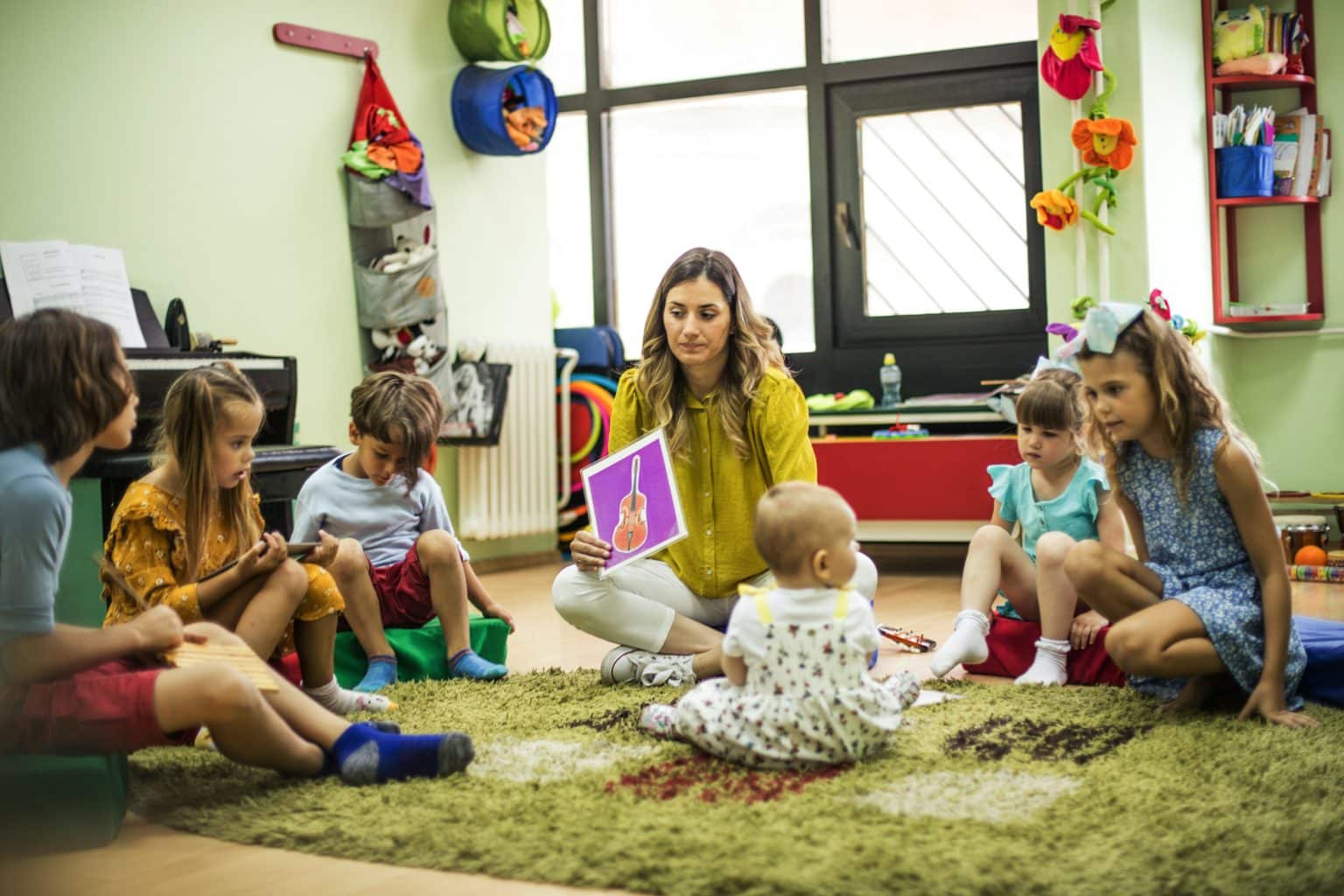Kindergarteners and preschoolers often have active, over-the-top perceptions and imaginations of the world. They usually use their curiosity to explore their feelings and the world.
Curiousness helps children be more observant, think about things, and figure things out. When children explore their curiosity, significant innovations can result; their ability, vocabulary, and ability to address themselves are also enhanced.
Thus, as a parent, you can help your child develop and grow in their early years by supporting their curiosity.
In this article, we will identify the curiosity approach and explain how it can help your child in the early years.
Why Is The Curiosity Approach Important?
The curiosity approach emphasizes including happiness and joy within a classroom. This approach motivates children and teachers to step back and simplify education.
This might not mean that the approach is less effective than any other education system; instead, it might mean that it goes back to the basics.
Despite relying on smart-tech learning techniques, it is believed that children should be free to navigate their surroundings and think of themselves. Therefore, this will be a hugely important life skill as children’s experiences in the early years shape their perception of learning in the future.
We all have curiosity, specifically children. It sparks the thinking process, which makes the children ask the critical “why” questions. Hence, curiosity encourages us to delve deeper.
Besides, you can check the curiosity approach nursery as they will help to instill these learnings from a young age.
Curiosity approach Ideas
Here is a list of ideas for toddlers regarding the curious approach.
- Outdoors
The curiosity approach effectively fosters a connection between children and the outdoors, encouraging a fluid integration of experiences from both the classroom and nature.
Instead of treating them as distinct spaces, this methodology promotes a seamless learning flow.
In addition, incorporating the factors of nature indoors, such as using natural materials in playdough or creating a water station with organic items, improves the classroom environment.
Similarly, plants and other natural elements are important for children’s mental health, as they create a positive and calming atmosphere. Eventually, this nurturing setting supports their well-being and instills a sense of tranquility and connection to the world around them.
- Indoors
The indoor curiosity technique provides children with authentic, open-ended resources that spark their imagination and encourage exploration.
Incorporating metal tea sets, old clocks, and unique jewelry boxes invites children to engage in imaginative play and discovery.
Similarly, dried fruit in bottles and kitchen utensils provides sensory experiences and stimulates curiosity about the world around us.
On the other hand, in the dressing-up areas, you can include various items that provoke interest rather than reinforce stereotypes.
Thus, by offering an assortment of real-world objects, your child can immerse themselves in different roles and scenarios, fostering creativity and critical thinking skills.
- Recycled Materials
The Curiosity Approach strongly supports using salvaged and recycled materials, which fosters in children a deep appreciation for our world.
By engaging with natural materials during play, children can develop both creativity and respect for the environment. For instance, when exploring painting, children can use pinecones and leaves to experiment with the unique patterns and textures these items create.
Therefore, bringing in items such as conker shells, unusual fruits and vegetables, or vibrant red autumn leaves stimulates curiosity and enhances their sensory experiences.
As a result, this approach enriches their playtime and helps them develop a sense of connection to nature and an understanding of sustainability.
- Imaginative Play
As children interact with objects with no fixed identity, they unlock a world of creativity and imaginative play.
This freedom permits them to determine the function and importance of the objects, tailoring their experiences to their unique perspectives.
What one child envisions as a spaceship, another might see as a boat or a magical wand, highlighting the beauty of individual interpretation. This process nurtures their natural curiosity and empowers them to form their understanding of the world around them.
Furthermore, imaginative play fosters an environment where possibilities are endless, and creativity knows no bounds. It motivates children to think outside the box and develop confidence in their ideas, which can have lasting benefits as they grow.
Summing Up
Thus, a child’s mind is open to absorbing new information.
Therefore, society overloads them with excessive information rather than letting them choose what they want to learn.
Similarly, early childhood educators are responsible for supporting the children and providing them with the confidence to develop their ability in their incredible theories about the world.
Hence, it takes time to step back and put children in the driving seat. Adopting this approach will allow them to communicate efficiently, develop independent learning, and become lifelong learners.

